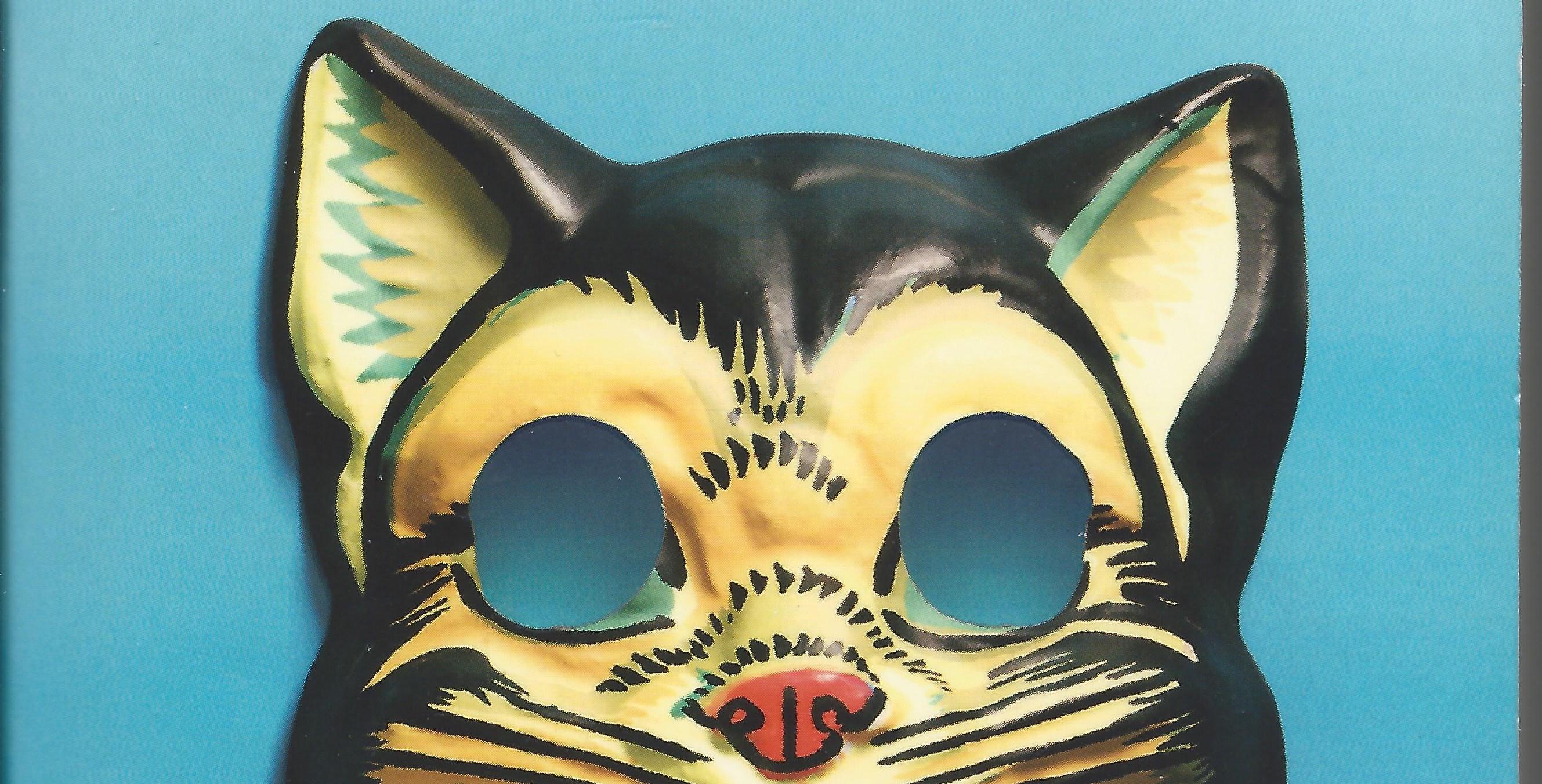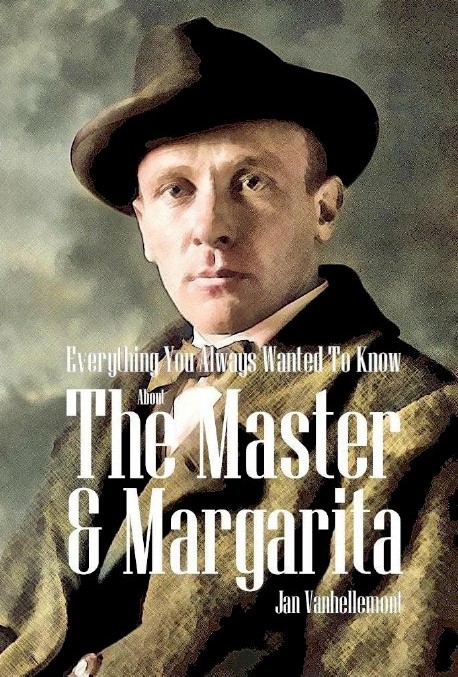
The book consists of three novels on distinct if related themes, hinged together in a triptych of sorts. And I don't think he believed in miracles-which may have been one reason why he was able to write about them with such engaging verve. It was neither the first nor the last intervention of this kind on Stalin's part and revealed some cryptic dimensions to which Bulgakov, in turn, responded with an ambivalence clearly reflected in the pages of his last major novel.įatally ill, blind toward the end, Bulgakov devoted the last twelve years of his life to The Master and Margarita fully aware that, barring a miracle, he would never live to see it published. Yet some aspects of his work seem to have held a curious fascination for Stalin, not otherwise renowned as a patron of the arts though rejecting his petition for an exit visa, the dictator in 1932 personally put a stop to GPU harassment of Bulgakov and probably saved him from prison, exile, or worse. Of Bulgakov's eleven surviving plays (about one-third of his total output), only six were ever produced in his lifetime the first collection of his stories and novellas-far from complete-appeared in 1966. His clearly ambivalent non-commitment fatally provoked the jackals of the proletcult and the bloodhounds of the GPU, whose time-tested methods quickly reduced an “uregenerate bourgeois writer” to an un-writer by the simple expedient of cutting him off from his public. On the whole, the play's enormous popularity proved a more than dubious blessing for its author. It marked the first time that a Soviet playwright dared to grapple with the central themes of revolutionary iconography in terms moral rather than political, eschewing the stock Red-and-White clichés of the post-revolutionary stage and creating characters whose complex individuality transformed them into prototypes of an entire generation. A dramatization of Bulgakov's first novel, it focuses on the ordeal of a middle-class Kiev family-typical Chekhovian liberals, in the parlance of Soviet criticism-caught in the civil war and facing, beyond its physical horrors, the agonizing moral choices implicit in this kind of fratricidal butchery. In a recently published and deeply personal tribute to him, the Soviet novelist Viktor Nekrassov estimates that at least a million people saw The Days of the Turbins, Bulgakov's best-known play, in the course of its thirteen-year run, one of the spectators being Stalin, who, according to the theater's archives, attended no less than fifteen performances over the years. He represents the spirit and the fate of Chekhov in the age of Stalin.īulgakov's eclipse, like that of most writers suppressed along with him, has of course always been relative. Bulgakov started practicing medicine during World War I, began to write after the October Revolution, reached the crest of his fame in the 20's and died on the eve of World War II, an un-person to the extent of not even rating an obituary notice in the Soviet press. Chekhov's world was that of 19th-century Russia he died before the fall of Port Arthur.

For their deeper kinship rests mainly on a skeptical humanism and compassionate irony which, though common to both, are inevitably shaped and scarred by their respective times.


Beyond these intriguing if surface parallels loom the essential points of contact touching upon their creative work, and here the evidence is more complex.


 0 kommentar(er)
0 kommentar(er)
